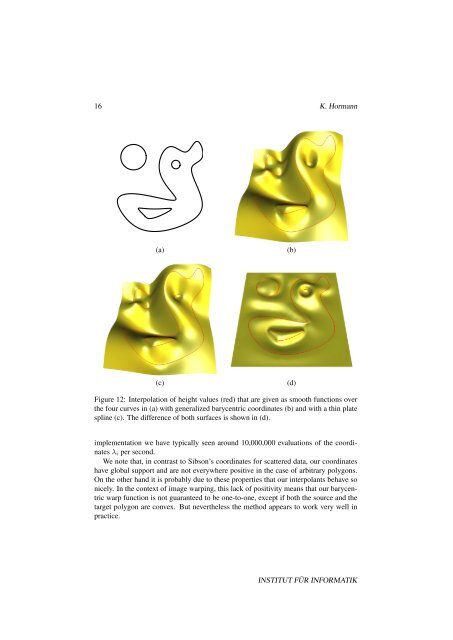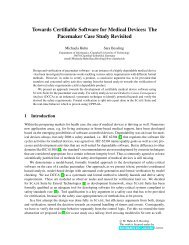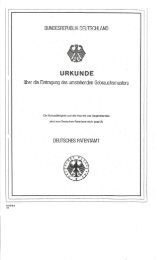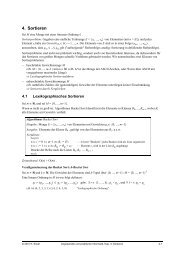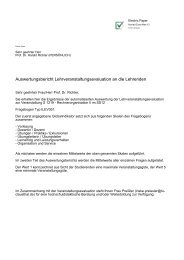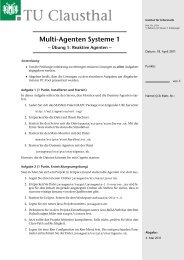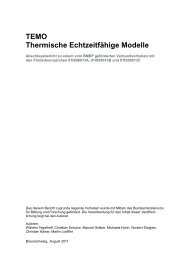Barycentric Coordinates for Arbitrary Polygons in the Plane
Barycentric Coordinates for Arbitrary Polygons in the Plane
Barycentric Coordinates for Arbitrary Polygons in the Plane
You also want an ePaper? Increase the reach of your titles
YUMPU automatically turns print PDFs into web optimized ePapers that Google loves.
16 K. Hormann<br />
(a)<br />
(b)<br />
(c)<br />
(d)<br />
Figure 12: Interpolation of height values (red) that are given as smooth functions over<br />
<strong>the</strong> four curves <strong>in</strong> (a) with generalized barycentric coord<strong>in</strong>ates (b) and with a th<strong>in</strong> plate<br />
spl<strong>in</strong>e (c). The difference of both surfaces is shown <strong>in</strong> (d).<br />
implementation we have typically seen around 10,000,000 evaluations of <strong>the</strong> coord<strong>in</strong>ates<br />
λ i per second.<br />
We note that, <strong>in</strong> contrast to Sibson’s coord<strong>in</strong>ates <strong>for</strong> scattered data, our coord<strong>in</strong>ates<br />
have global support and are not everywhere positive <strong>in</strong> <strong>the</strong> case of arbitrary polygons.<br />
On <strong>the</strong> o<strong>the</strong>r hand it is probably due to <strong>the</strong>se properties that our <strong>in</strong>terpolants behave so<br />
nicely. In <strong>the</strong> context of image warp<strong>in</strong>g, this lack of positivity means that our barycentric<br />
warp function is not guaranteed to be one-to-one, except if both <strong>the</strong> source and <strong>the</strong><br />
target polygon are convex. But never<strong>the</strong>less <strong>the</strong> method appears to work very well <strong>in</strong><br />
practice.<br />
INSTITUT FÜR INFORMATIK


